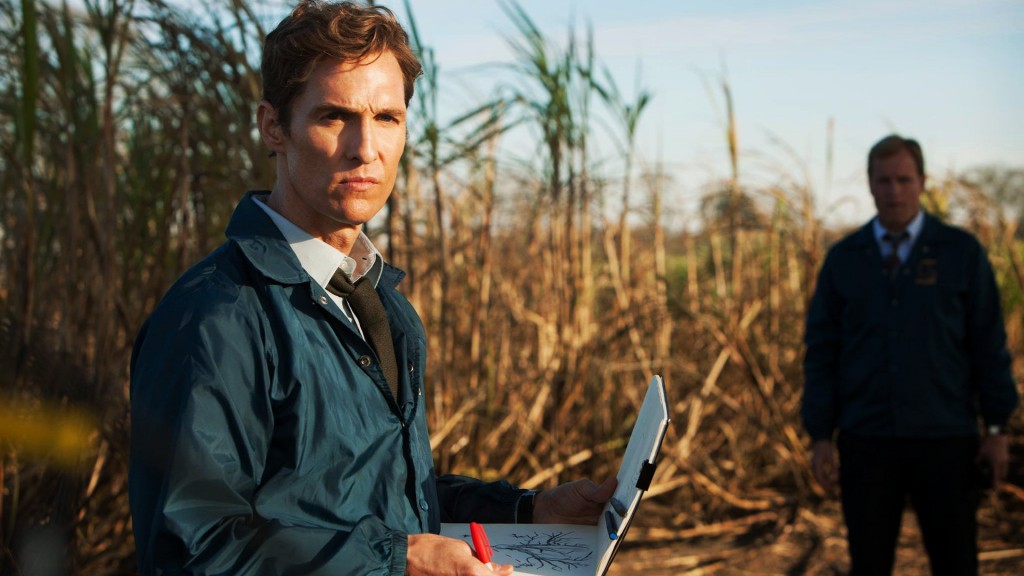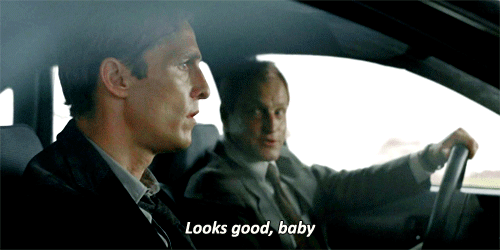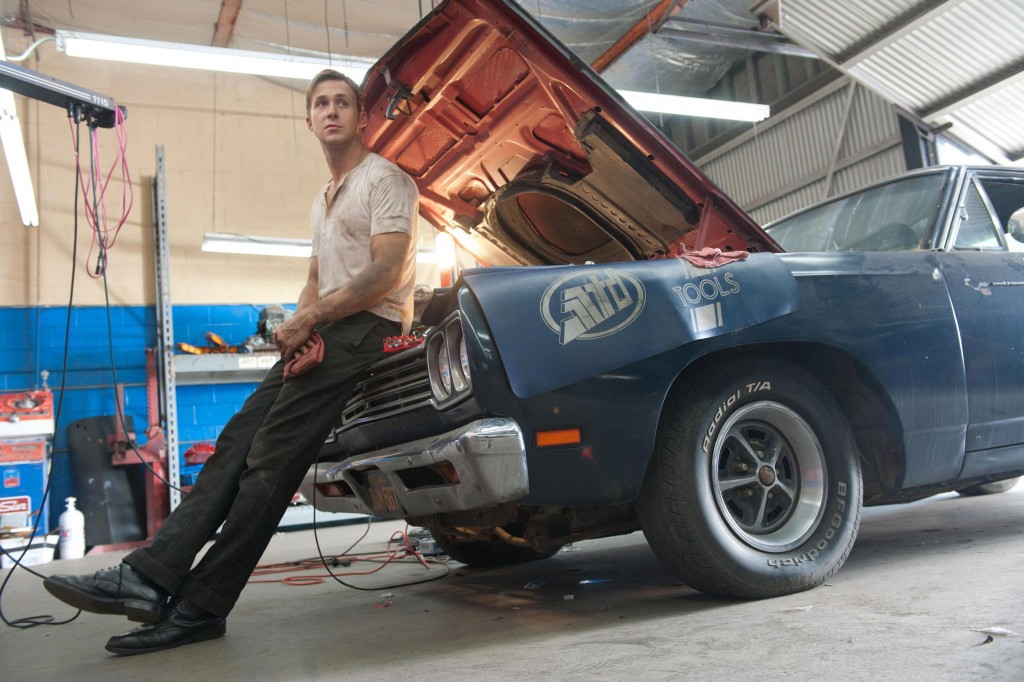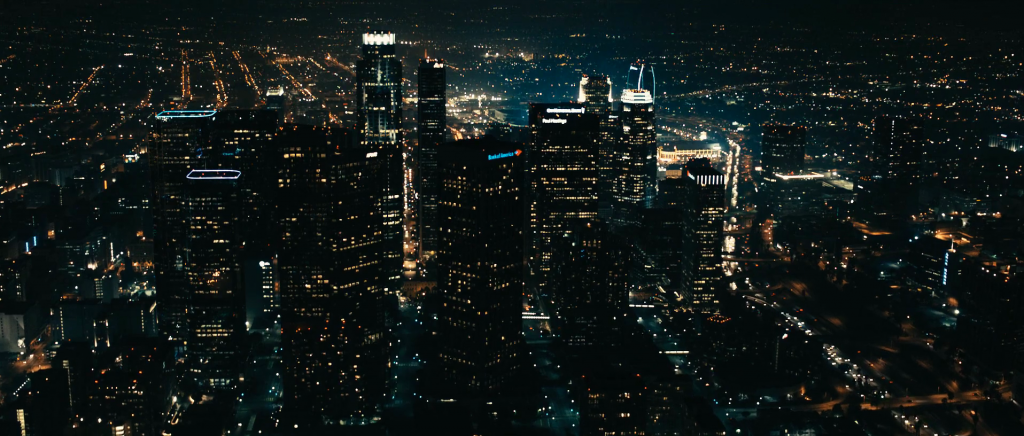‘More Than Fabric: Fashion Films’ was a studio that focused on the art and beauty of fashion in the form of film and cinematography. The aims of this studio was first to examine and analyse various ways in which fashion is represented in film, advertising and brand identity. This was done when we were shown a diverse selection of fashion films, from high fashion ones advertising for ‘Prada’ to more local ones such as an advertisement for ‘Country Road’, filmed on a farm. This taught me that depending on your branding, audience and style, the storyline is very important and needs to be relatable. The second aim of the studio was to create high quality fashion videos and this was done when my partner, Blair and I designed, planned, filmed and edited two fashion films; one being a short one minute trial video and another a two and a half minute high fashion film. The past twelve weeks taught me about different styles of fashion films there are in the industry and how to incorporate my own interests and ideas into making my very own.
Media studios are always hands-on and practical classes so when choosing ‘More Than Fabric: Fashion Films’ with Christina Heristanidis, I knew I would enjoy it. I chose this studio because it stood out the most to me; with my interests in both fashion and film colliding into one. In the past, I have dreamt about creating music videos that looked pretty, showing nice clothes and scenes, and this studio allowed me to do exactly that. I was also able to be onscreen in the projects my partner and I created which I thoroughly enjoyed, because I love being on camera.
In most high-end fashion films, it is rare to see faces of Asian descent starring in them. You will only see these models and actors in media made by their own country but in countries that are more diverse, barely show diversity. I am interested in Asian media and am studying it as a contextual subject during my degree because I want to work in Asian media relating to pop culture, music and fashion, so it was good be able to create a fashion film that starred me in it.
A class so practical is definitely beneficial to my future learning and careers as it balances well with my other classes which are more theory based. I can use the theory I’ve learnt about society’s views and values, historical, geographical context and other aspects such as sex, gender and politics in order to understand my focus target audience when creating media through practical methods, learnt in the studio.
Our main inspiration for the final fashion film project was a ‘Chanel’ short film advertisement titled ‘Coco Mademoiselle: The Film – CHANEL’, starring Kiera Knightley and Alberto Ammannn, directed by Joe Wright (https://www.youtube.com/watch?v=aRV-2_Un-kk, 2011). This fashion film was romantic, seductive, focused on the female character and was based around a photoshoot. These elements were taken and incorporated into our own project, though it did not have the relationship between a male and a female like it did in the ‘Chanel’ film, it still captured that romantic, mysterious essence as the main character ran through buildings and wandered around at night. At first, my partner and I wanted to use a similar song to the one we heard, ‘It’s A Man’s Man’s World’, to show female empowerment and have the same feeling, but after looking around for more mystical songs, it came to our realisation that it would be too cliche to use a song that focused too much on the lyrics.
The song we chose in the end, ‘Slowly Breathing’, was a royalty free song, with lyrics that did not take the spotlight away from what was happening on screen. It became more of a “professional” fashion film as it added more ambiguity to the storyline. This ambiguity and mystery is emphasised when audience watch the film and see where the location scenes were shot in. Unless you know Melbourne and RMIT University extremely well, you would not be able to easily identify the places. We had some viewers say it looked like New York, Rome, or Paris, and questioned where they were filmed, knowing little that it was simply in the CBD and around campus.
The ghost-like song we chose made the fashion film become a “thriller” in some parts, and gave chills to some viewers who I had shared the film with. I am glad that we decided to continue looking for music and the perfect song was found, because this shows that when creating film, photography, music, it is best to do lots of research and expand on what you have planned, rather than sticking solid to your initial idea.
‘More Than Fabric: Fashion Films’ has definitely been my favourite studio during my time studying Media and Communications, because before deciding to do media, studying fashion was also on the table for me. This studio allowed me to put both of my interests to work and creating a fashion film has been something I have wanted to do for a long time. The teacher I had was always very accommodating, helpful and understanding throughout the course, helping us expand our ideas into something more meaningful and assisting us to create work to be proud of.
Below is the link to the final fashion film project my partner and I created, titled ‘Find Me’.


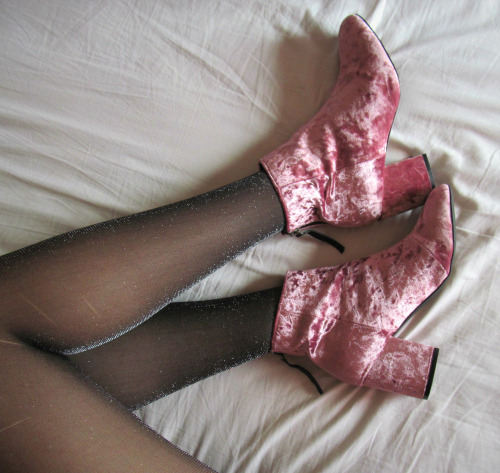

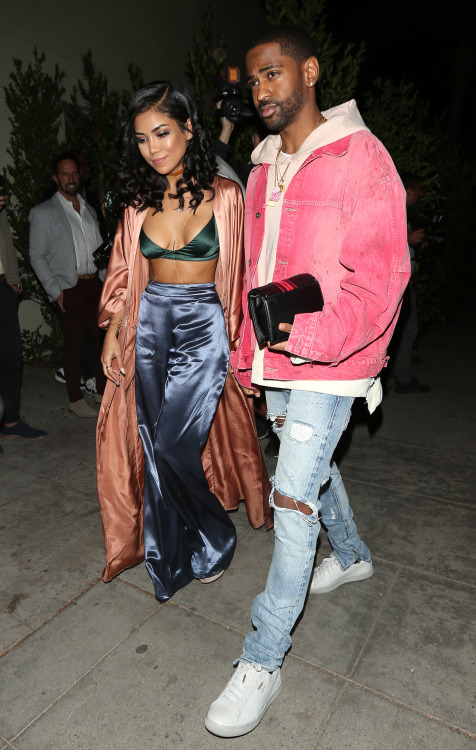

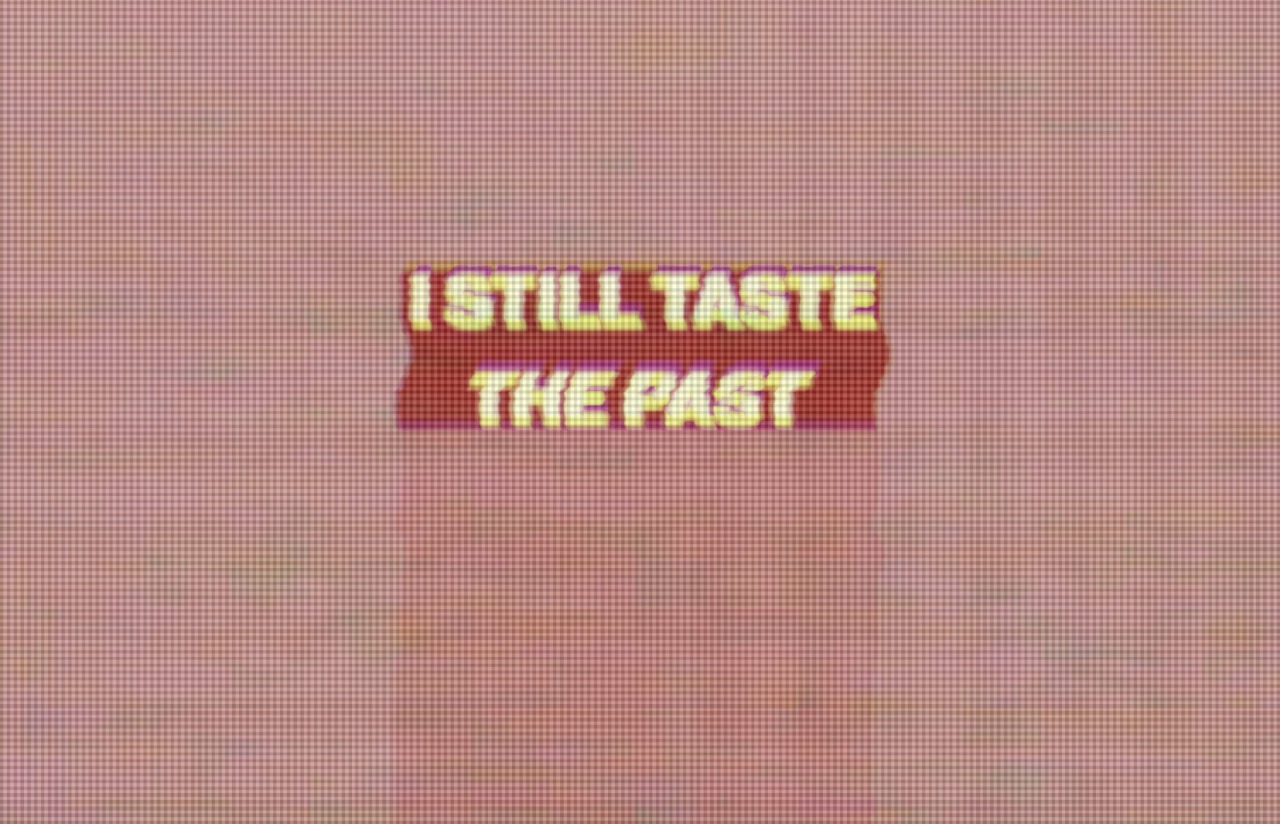



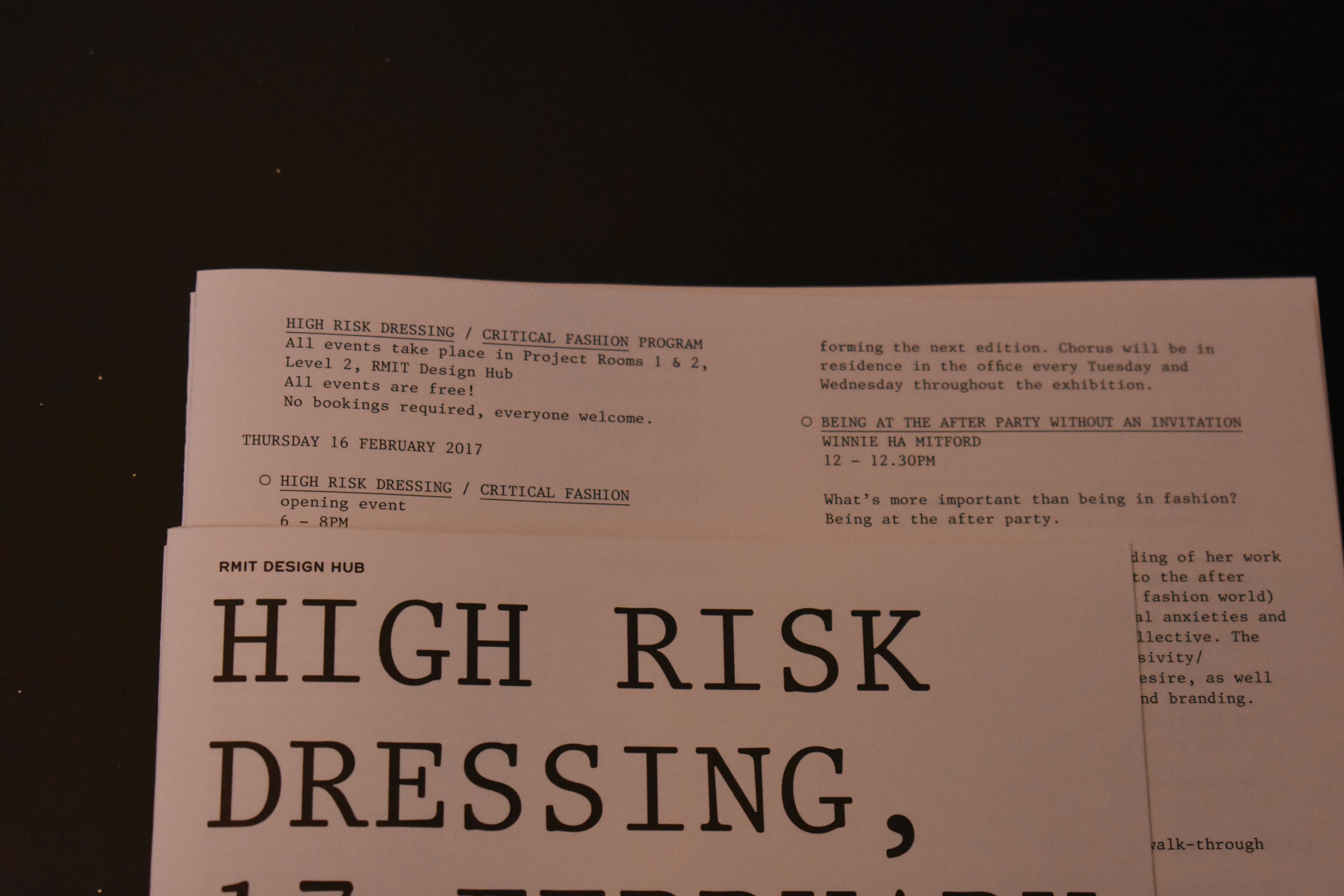
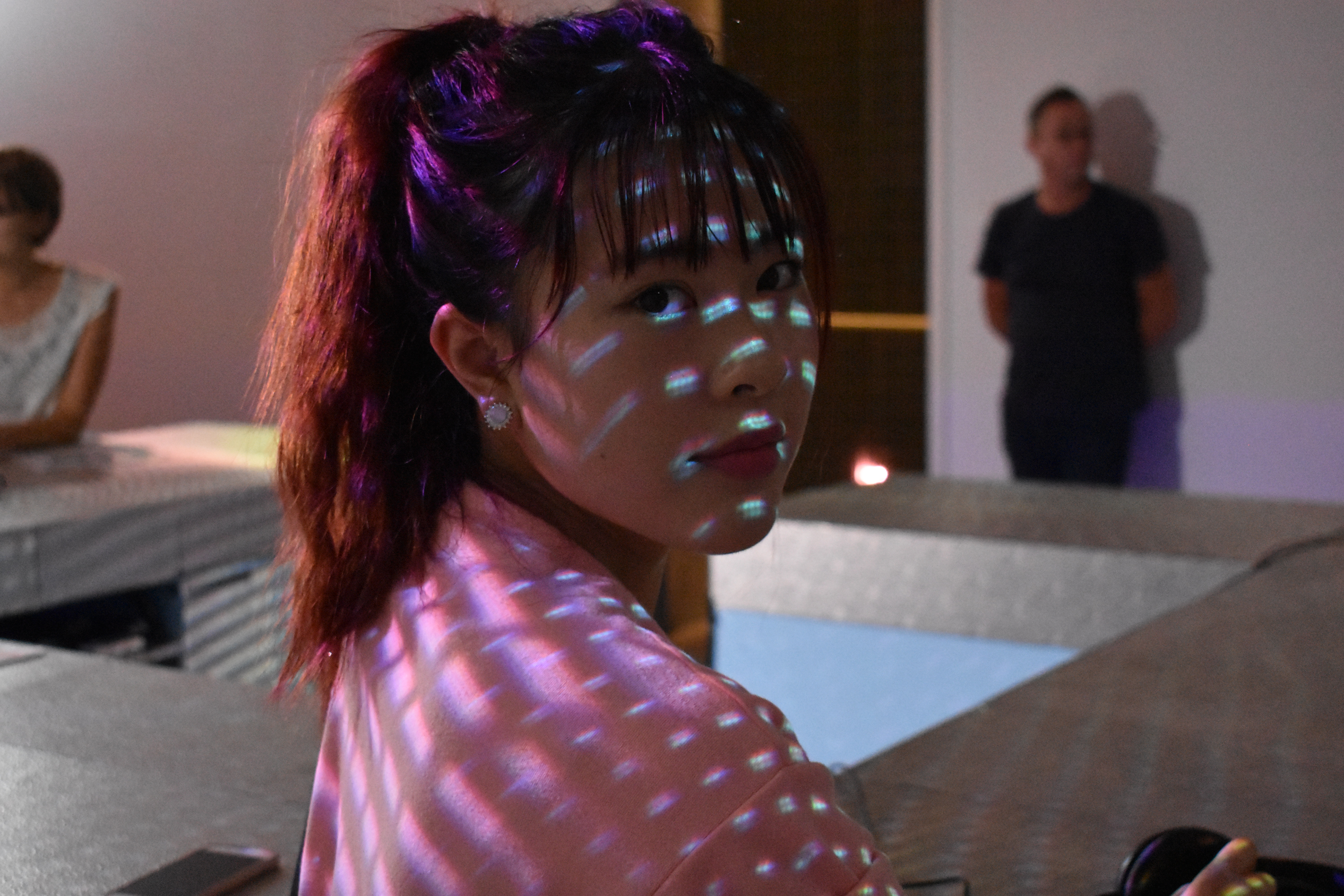

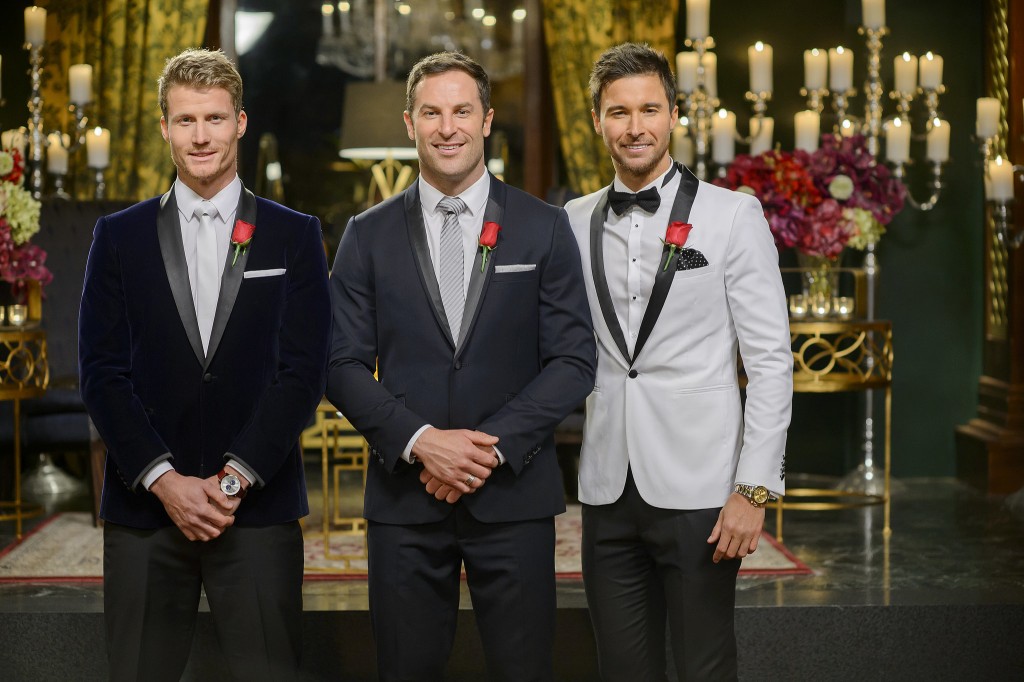
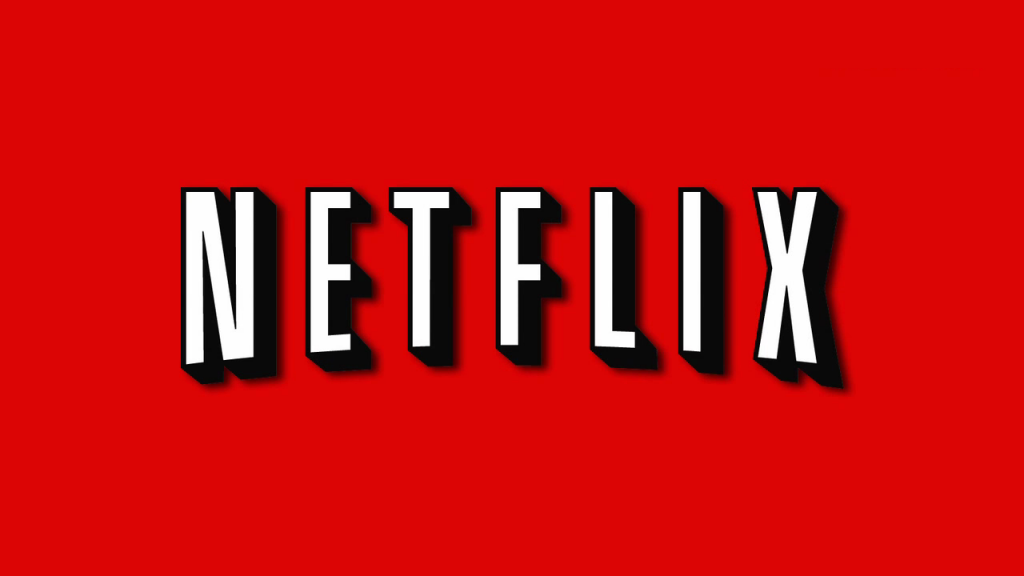
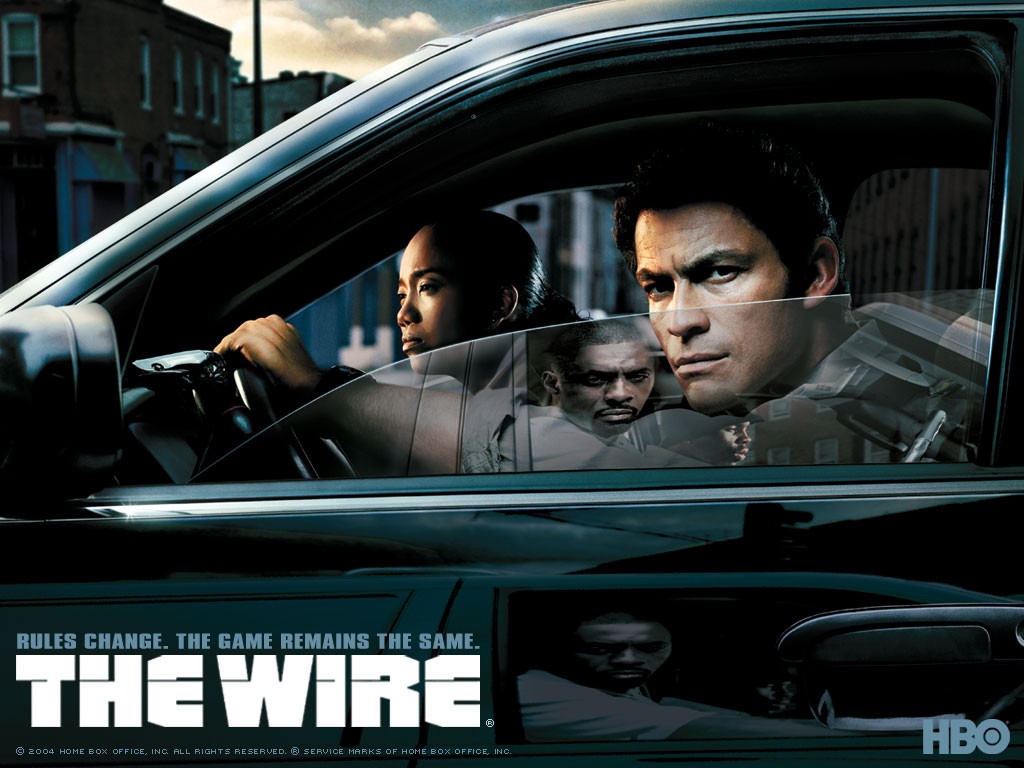
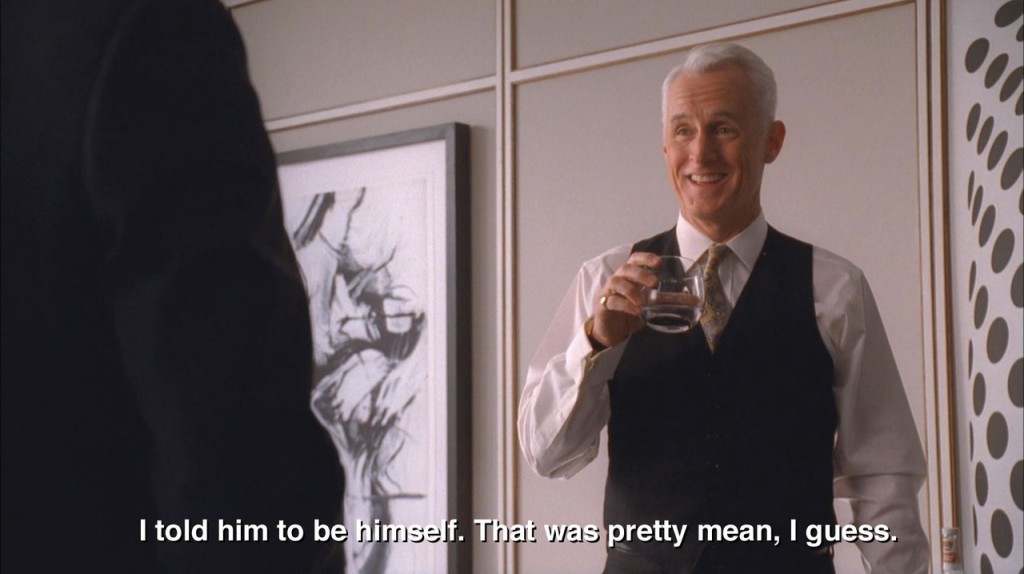


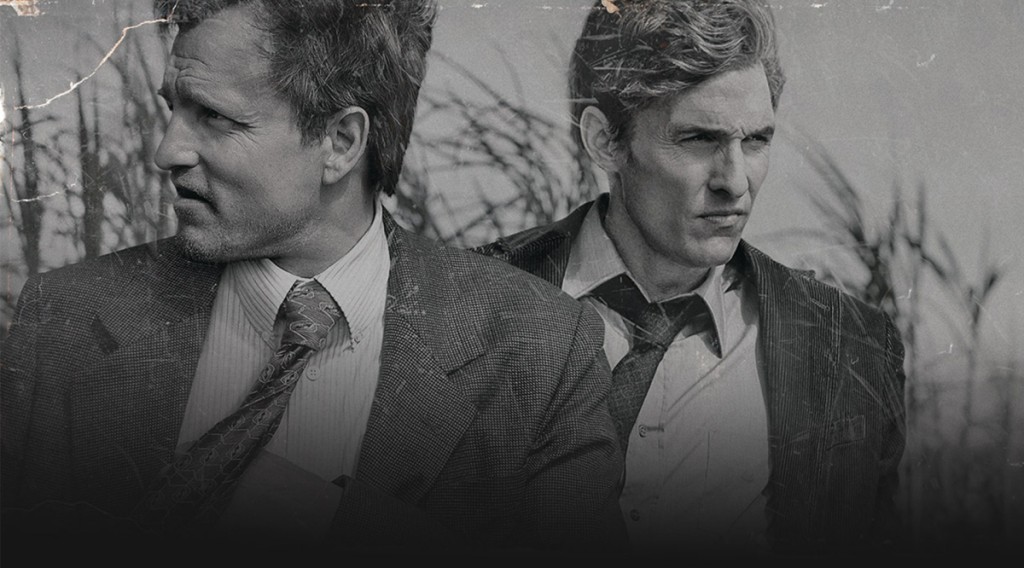 ‘True Detective’, an American anthology crime-drama television series, written by Nic Pizzolatto, is a show broadcasted on the HBO network. Season 1 tells viewers of both the work life and personal lives of detective partners, Rust Cohle and Martin Hart, whilst they work their first case together involving a serial killer in 1995.
‘True Detective’, an American anthology crime-drama television series, written by Nic Pizzolatto, is a show broadcasted on the HBO network. Season 1 tells viewers of both the work life and personal lives of detective partners, Rust Cohle and Martin Hart, whilst they work their first case together involving a serial killer in 1995.